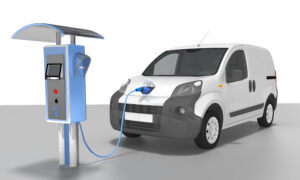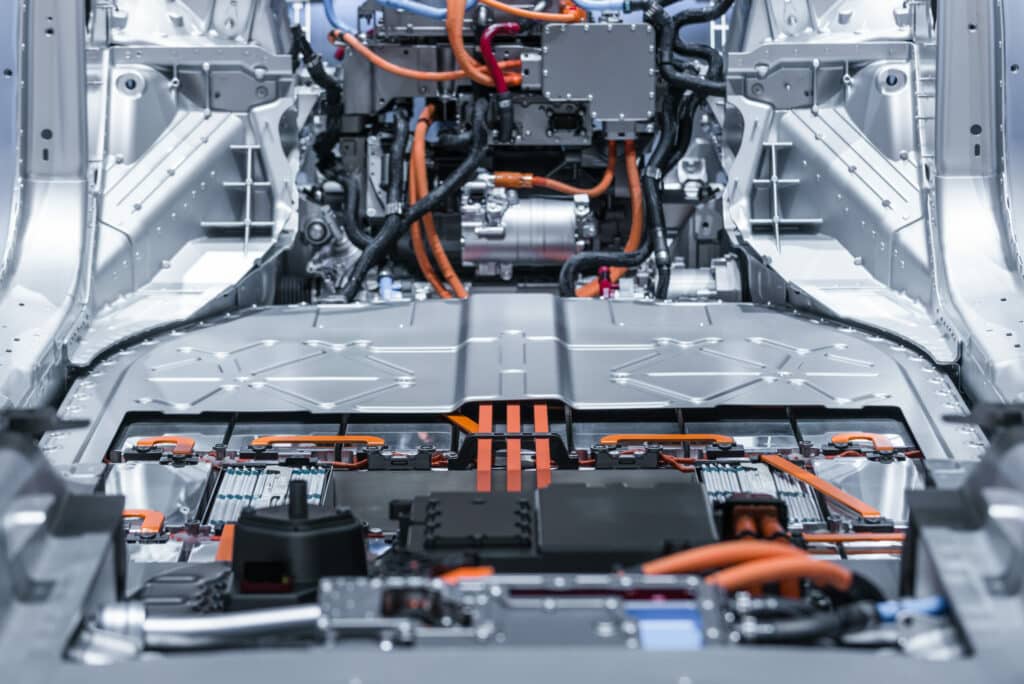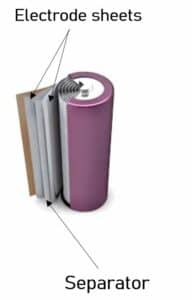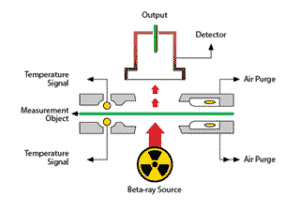Electric vehicles
You might have noticed the increase of electric vehicles (EVs) that you’ve seen on the road. The most famous one nowadays is the one from Elon Musk’s company. But there are other brands that have taken the lead since the end of the 90s.

To combat greenhouse gas emissions the European Commission has released a package of proposals called “fit for 55” on July 14th, 2021:
- Europe needs to be a climate neutral continent by 2050.
- After 2035 banning the sales of ICEs and hybrid vehicles.
- Carbon border adjustment mechanism (CBAM) which levies customs duties on import of goods from non-EU counties with less strict environmental regulations. This will be introduced by 2023 and will cover: steel, aluminum, cement, electricity and fertilizers
- Deployment of alternative fuel infrastructure: fast chargers on the highway, hydrogen refueling stations.
Impact on the Automobile Manufacturers in Europe
The automotive industry together with the European governments invest billions of Euros in innovative and sustainable technologies. The national governments of many European countries have introduced purchase incentives for electrified vehicles since the summer of 2020. And they continue these incentive programs after 2021.
These government incentives have led to an increase in the EV demand in Europe and subsequently a huge increase of battery plants has been observed mainly near the automotive industry in recent years. It has been forecasted that Europe’s battery production will grow from 32 GWh in 2020 to 652 GWh in 2030.
Battery quality
The batteries used in EVs need to have a good quality as the battery should preferably last as long as the vehicle is in use. Easy to recharge as fast as possible and needs to be a reliable power supply during trips/commutes.
To ensure this there are several quality control parameters during the battery production. One of the key parameters for quality control is the thickness (and width) of film and strip materials, wet layers and electrode coatings.
WEBFREX3ES
Yokogawa has been involved in measuring the thickness of battery films and electrodes in the past decades.
By utilizing a Beta-ray source, our WEBFREX3ES measures the film thickness reliably and helps to identify a coating that’s too thin or missing.
These deficiencies would lead to degraded battery performance and short circuits. So with an inline thickness gauge measurement the battery production yield is optimized while minimizing waste.
For more information, please have a look at the video on YouTube and our website.






